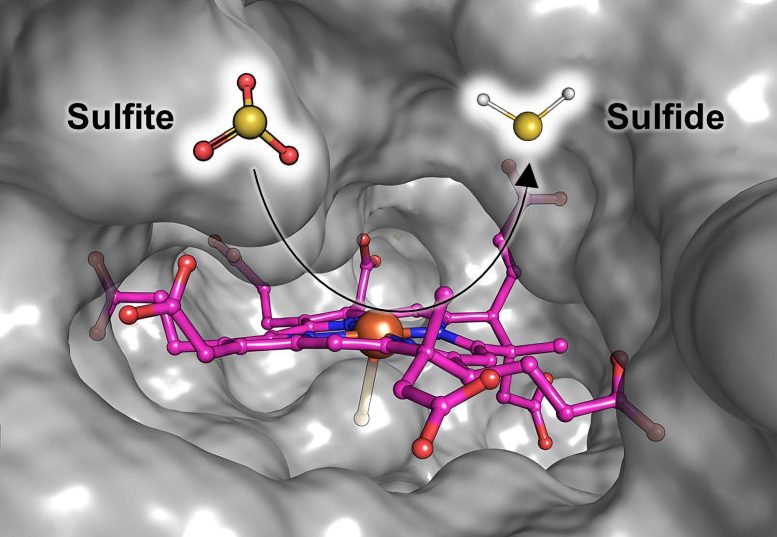
Illustration of Fsr’s catalytic site where sulfite gets reduced to sulfide. The siroheme (in pink) that binds and converts the sulfite is embedded in a cavity of the protein (gray surface) which is solvent accessible. This way, the sulfite can easily enter the protein and the produced sulfide can leave it. Credit: Max Planck Institute for Marine Microbiology
Researchers at the Max Planck Institute for Marine Microbiology have uncovered how a methane-producing microbe thrives on toxic sulfite without becoming poisoned.
Methanogens are tiny organisms that generate methane in an oxygen-deprived environment. Their production of methane, such as in the digestive system of ruminants, plays a significant role in the global carbon cycle as methane is a highly potent greenhouse gas. However, methane can also serve as an energy source for heating homes.
A toxic base for growth
The object of the study now published in Nature Chemical Biology are two marine heat-loving methanogens: Methanothermococcus thermolithotrophicus (lives in geothermally heated sediments at around 65 °C) and Methanocaldococcus jannaschii (prefers deep-sea volcanos with around 85 °C).
They obtain their cellular energy by producing methane and receive sulfur for growth in form of sulfide, that is present in their environments.
While sulfide is a poison for most organisms, it is essential for methanogens and they can tolerate even high concentrations of it. However, their Achilles’ heel is the toxic and reactive sulfur compound sulfite, which destroys the enzyme needed to make methane.
In their environments, both investigated organisms are occasionally exposed to sulfite, for example, when oxygen enters and reacts with the reduced sulfide. Its partial oxidation results in the formation of sulfite, and thus the methanogens need to protect themselves. But how can they do this?
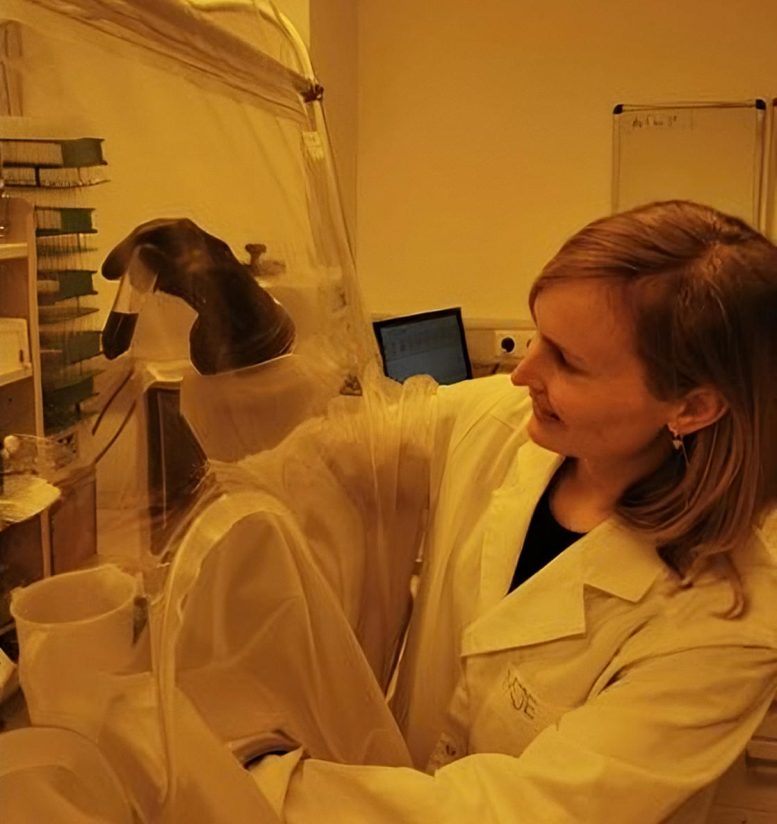
Marion Jespersen with the purified F420-dependent sulfite reductase (Fsr). The black color comes from all the iron involved in the reaction. Experiments are carried out in an anaerobic chamber and under artificial light to protect the enzyme from oxygen and daylight. Credit: Tristan Wagner/Max Planck Institute for Marine Microbiology
A molecular snapshot of the process
Marion Jespersen and Tristan Wagner from the Max Planck Institute for Marine Microbiology in Bremen, Germany, together with Antonio Pierik from the University of Kaiserslautern, now provide a snapshot of the enzyme detoxifying the sulfite. This butterfly-shaped enzyme is known as the F420-dependent sulfite reductase or Fsr. It is capable of turning sulfite into sulfide – a safe source of sulfur that the methanogens require for growth.
In the current study, Jespersen and her colleagues describe how the enzyme works. “The enzyme traps the sulfite and directly reduces it to sulfide, which can be incorporated, for example, into amino acids”, Jespersen explains, “As a result, the methanogen doesn’t get poisoned and even uses the product as its sulfur source. They turn poison into food!”
It sounds simple. But in fact, Jespersen and her colleagues found that they were dealing with a fascinating and complicated overlap. “There are two ways of sulfite reduction: dissimilatory and assimilatory”, Jespersen explains. “The organism under study uses an enzyme that is built like a dissimilatory one, but it uses an assimilatory mechanism. It combines the best of both worlds, one could say, at least for its living conditions.”
It is assumed that the enzymes from both the dissimilatory and the assimilatory pathways have evolved from one common ancestor. “Sulfite reductases are ancient enzymes that have a major impact on the global sulfur and carbon cycles”, adds Tristan Wagner, head of the Max Planck Research Group Microbial Metabolism at the Max Planck Institute in Bremen. “Our enzyme, the Fsr, is probably a snapshot of this ancient primordial enzyme, an exciting look back in evolution.”
Biotechnological applications in view
The Fsr not only opens up evolutionary implications but also allows us to better understand the fascinating world of marine microbes. Methanogens that can grow only on sulfite circumvent the need to use the dangerous sulfide, their usual sulfur substrate.
“This opens opportunities for safer biotechnological applications to study these important microorganisms. An optimal solution would be to find a methanogen that reduces sulfate, which is cheap, abundant, and a completely safe sulfur source”, says Wagner.
In fact, this methanogen already exists, it is Methanothermococcus thermolithotrophicus. The researchers hypothesized that Fsr orchestrates the last reaction of this sulfate reduction pathway because one of its intermediates would be sulfite.
“Our next challenge is to understand how it can transform sulfate to sulfite, to get a complete picture of the capabilities of these miracle microbes.”
Reference: “Structures of the sulfite detoxifying F420-dependent enzyme from Methanococcales” by Marion Jespersen, Antonio J. Pierik and Tristan Wagner, 19 January 2023, Nature Chemical Biology.
DOI: 10.1038/s41589-022-01232-y





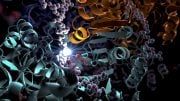
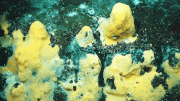

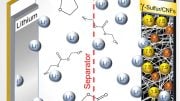
That’s no big deal. I know half a dozen restaurants that can do the same thing.